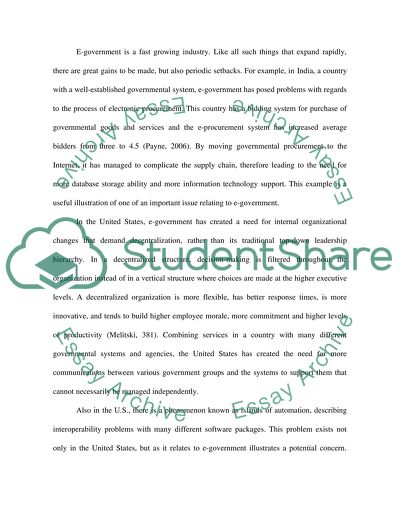Cite this document
(“E-goverment Essay Example | Topics and Well Written Essays - 1000 words”, n.d.)
E-goverment Essay Example | Topics and Well Written Essays - 1000 words. Retrieved from https://studentshare.org/miscellaneous/1571090-e-goverment
E-goverment Essay Example | Topics and Well Written Essays - 1000 words. Retrieved from https://studentshare.org/miscellaneous/1571090-e-goverment
(E-Goverment Essay Example | Topics and Well Written Essays - 1000 Words)
E-Goverment Essay Example | Topics and Well Written Essays - 1000 Words. https://studentshare.org/miscellaneous/1571090-e-goverment.
E-Goverment Essay Example | Topics and Well Written Essays - 1000 Words. https://studentshare.org/miscellaneous/1571090-e-goverment.
“E-Goverment Essay Example | Topics and Well Written Essays - 1000 Words”, n.d. https://studentshare.org/miscellaneous/1571090-e-goverment.


